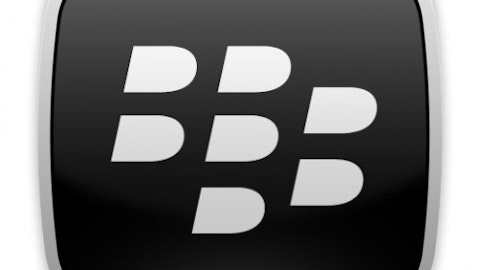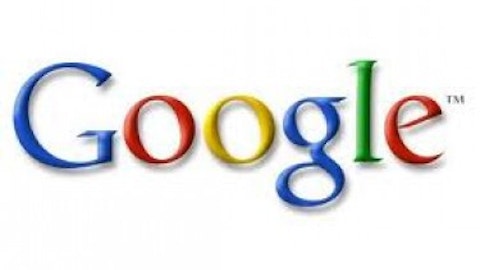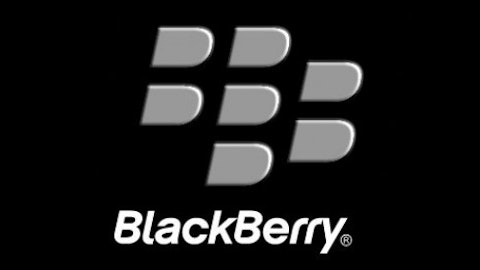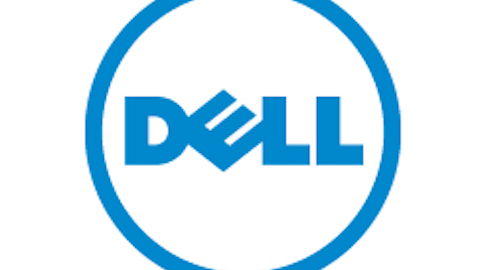There’s no doubt that one of the big factors weighing on Apple Inc. (NASDAQ:AAPL) is concern about innovation. Despite the company’s history of developing revolutionary products and disrupting markets, many investors remain unconvinced that Apple Inc. (NASDAQ:AAPL) can innovate without visionary founder Steve Jobs.
After more than a decade at the head of consumer-technology innovation, Apple-as-innovator suddenly appears to be running second to Samsung in hardware and to Google Inc (NASDAQ:GOOG) in software.
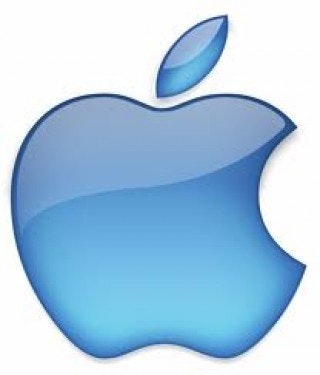
But investors may be missing clues about Apple’s future that suggest it could rest not on the next big blockbuster iProduct, but in spiderweb-like growth through “next little things.” Let’s take a look at some of them:
Now that’s a smart outfit
A recent patent granted to Apple Inc. (NASDAQ:AAPL) sheds some light on the company’s plans for a smart shoe. This may sound odd, but it hints at a larger project Apple has in the works with NIKE, Inc. (NYSE:NKE). The two companies are developing smart apparel.
Imagine shoes that gauge wear and tear, that tell you how far you’ve run or walked, maybe even whether they fit right. Imagine clothes with sensors to measure body heat and perspiration, movement and other metrics for use in your workouts and activities. All the information these shoes and garments collect will be processed by your iPhone, iPad or iPod, making Apple an important component of your health goals.
There’s also been speculation that Apple is developing a smart wristwatch, possibly providing what’s essentially a wearable, miniature iPhone. Some say this could be big seller. But with details at this point scant at best, there isn’t much but speculation out there for investors to consider.
Apple in your auto
Here’s another area where we know Apple is already at work. Cars are getting smarter, and that’s a good thing, because drivers are becoming increasingly distracted (i.e. dumber). Any time a driver is clutching a handset, whether they are texting, talking or looking for a song on iTunes, it’s dangerous. That’s why the integration of Apple’s Siri into cars over the coming year is an important development.
Consider this piece on Cars.com: “Siri can read incoming text messages, respond to texts and emails, add calendar appointments, check the weather, give sports scores or stock quotes, find points of interest, announce turn-by-turn directions or make a phone call over the car’s Bluetooth system — just by pressing the steering-wheel Bluetooth button for a few moments. It’s all part of Apple’s new Eyes Free mode, which works while your smartphone screen stays dark.”
Of course, a car owner needs to have an iPhone to enjoy these benefits. Which brings us to an important point: All of these innovations work to expand Apple’s tech ecosystem (which I wrote about here), and that’s one area where Apple excels above its competition. Apple’s ecosystem is sticky. Just ask Samsung’s president. He’s stuck in Apple’s ecosystem despite using Samsung products for work.
Innovations like these will only serve to make it stickier.
Far from alone
Apple is not alone in this type of innovation. Google is fast expanding its network as well, building out its Android platform from phones to tablets to phablets and possibly next to Chromebooks. It debuted its Nexus Q media-streaming device earlier this year, tying together the TV to Android gadgets.
Next up for Google: Appliances.
Samsung announced the launch of an Android-powered refrigerator that can help owners keep track of home inventory. At the launch in the UK, Samsung’s head of sales called appliances “a major growth area” for the Korean hardware maker. While it’s unlikely to be a major growth area for Google anytime soon, these appliances could help to extend the company’s ecosystem and make Android stickier.
Playing catch-up
There’s another big tech company looking to expand its ecosystem: Microsoft Corporation (NASDAQ:MSFT). It has a key piece in place to do so already in the Xbox console. The Xbox is in more than 70 million homes, and Microsoft is looking to tie the device into its handsets and Surface tablets.
But sales of both new Windows phones and Surface tablets have been disappointing. That is not encouraging for Microsoft and its ability to hang with Apple and Google in the ecosystem war.
More than one way to get stuck
Of course, Apple could surprise us all and unveil the “next big thing” any day. After all, it’s usually a few years between big innovations from Cupertino. The iPod was released in 2001, and the iPhone did not debut till 2007. It’s been only three years since the iPad was released, and we already have a mini version and a 128GB version of the tablet.
But even if that “next big thing” doesn’t happen anytime soon, investors should take into account that Apple continues to look for “next little things” as well. And those little innovations could prove important in maintaining Apple’s great advantage: stickiness.
The article Why Apple’s “Next Big Thing” Might Be Many Little Ones originally appeared on Fool.com and is written by John-Erik Koslosky.
Copyright © 1995 – 2013 The Motley Fool, LLC. All rights reserved. The Motley Fool has a disclosure policy.

